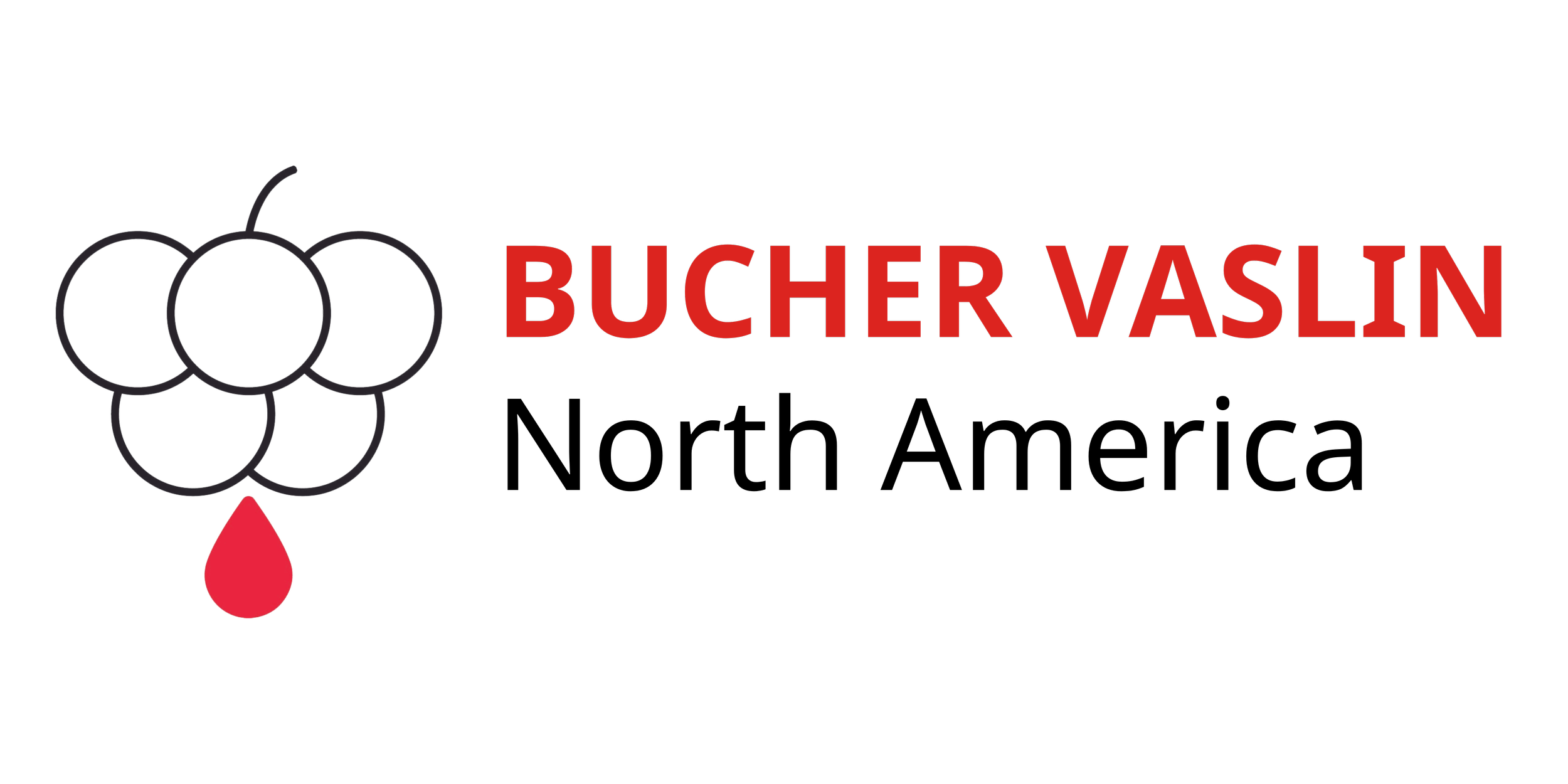THE LAMOTHE-ABIET SHOP
enzymes YEASTs NUTRIENTS AND YEAST DERIVATIVES ML BACTERIA FINING AGENTS TANNINS Oak For Enology STABILIZER
YEASTS
Yeasts are at the heart of Lamothe-Abiet’s oenological expertise. Our yeasts are very rigorously selected and developed at the Institute of Vine and Wine Sciences (ISVV) of Bordeaux by our R&D teams. All our EXCELLENCE® yeasts are selected via breeding technique, which allow us to ensure: High implantation, Short lag phase, Resistance to difficult conditions and stress (high alcohol, wide range of temperature, wide range of turbidity, ...), Low production of VA, H2S, POF (-) : no production of Phenolic Off-Flavors, URE2 (-) : aromatic optimization, no catabolic repression.
Read our technical focus on yeast nutrition.
What Winemakers Say…
“We use Excellence B-Nature in our red and rose winemaking and love the control it offers over our juices. On compromised red fruits during cold soak, Excellence B-Nature does a great job at preventing spoilage yeasts from kicking off fermentation. For our rose program, we use Excellence B-Nature to protect the saignee portion from wild fermentation while we consolidating juice for few days. As a result, we have cleaner fermentations that don't struggle to finish.”
-Matthew Perry, Winemaker at Adelsheim
“Excellence B-Nature is a great product for us, it works very well with our wines here, allows us to go very low sulfur, no sulfur at the crushpad, and during fermentation we actually get softer more elegant tannins which is what we are looking for in our final wines. We've been using Excellence B-Nature now for three years, and the first year when we did our trial I was nervous, I was afraid of oxidation, and afraid of VA taking over in the fermentation, but we did not have an issue here with either of those things, and the wine ended up being very beautiful.”
- Jonathan Tyer, Winemaker at Inglenook
FAQ’S
Why usE EXCELLENCE B-Nature?
Excellence B-Nature can be used as alternative to SO2 or as complement to SO2. B-Nature helps controlling microbial development. It protects grapes from spoilage microbes and prevents VA, ethylacetate, volatile phenols production, prevents depletion of nutrients, thus improving Saccharomyces dominance, health and fermentation capacities.
How AND WHEN to apply excellence B-Nature ?
Simply sprinkle it on the top or grapes or juice, at 30-50 g/ton.
At picking when grapes harvested by machine to protect grapes as soon as possible during transportation.
During tank filling to protect grapes from microbial spoilage during cold soaking.
During maceration for whites and rose, to protect and prevent uncontrolled start of fermentation.
Before yeast inoculation in whites, roses and sparkling, when juice is getting warmer to prevent VA, ethylacetate production
During juice lees maceration to prevent uncontrolled start of fermentation.
In the press pan for sparkling wines, as alternative to SO2 to control aromatic profile and limit spoilage.
As alternative to SO2 in high pH grapes.
Can I use it for every variety?
Yes! Excellence B-Nature will protect your grapes from many spoilage microbes, no matter the variety.
Can I use Excellence B-Nature with SO2?
Yes, Excellence B-Nature can be used with SO2, up to 60 ppm.
Does Excellence B-Nature have an impact on Saccharomyces yeast?
No. Excellence B-Nature doesn’t inhibit or compete with Saccharomyces. It actually will help and promote its development by reducing competition.
Is Excellence B-Nature fermenting?
Excellence B-Nature doesn’t have fermentative capacities and is inhibited above 3% alcohol
Does Excellence B-Nature need any addition of nitrogen?
No. As Excellence B-Nature doesn’t ferment, there are no consumption of nitrogen or vitamins. No need to change the yeast nutrition.
I HAVE A STUCK FERMENTATION AND THE FRUCTOSE FRACTION IS HIGHER THAN THE GLUCOSE. WHICH YEAST SHOULD I USE TO RESTART MY FERMENTATION?
L.A Bayanus is is fructophilic and a vigorous fermenter, and will be perfectly adapted for a restart in high fructose conditions.
Can I fermetnt high Brix with lamohte-abiet yeasts?
All of our Excellence yeasts have been selected to resist to high brix ~15.5% alc. for whites and ~16.5% alc. for reds. In high Brix conditions, it is very important to use yeast protector such as OenoStim to limit yeast stress and improve completion of fermentation. OenoStim is a rehydration nutrient composed of sterols and unsaturated fatty acids, essential to yeast cell membrane.
WHICH YEAST is best TO PREVENT STUCK FERMENTATION in LATE HARVEST?
Late harvested grapes often have high Brix, high fructose content and, lower YAN. So, the conditions of fermentation are pretty stressful for the yeast. We recommend:
OenoStim at 30 g/hL to rehydrate your yeast. OenoStim is a rehydration nutrient composed of sterols and unsaturated fatty acids, essential to yeast cell membrane
For reds, Excellence XR. For whites, choose Excellence TXL. Both yeasts have a high resistance to alcohol.
Around 8 to 5 Brix, we recommend to add L.A. Bayanus, at 40 g/hL, rehydrated with OenoStim at 40 g/hL, to ensure the end of fermentation, clean and complete.
Make sure you have a proper nutrition. We recommend to use 40 g/hL of Optiflore O at the beginning of fermentation, and if needed (depending YAN), Optiferm at 1/3.












